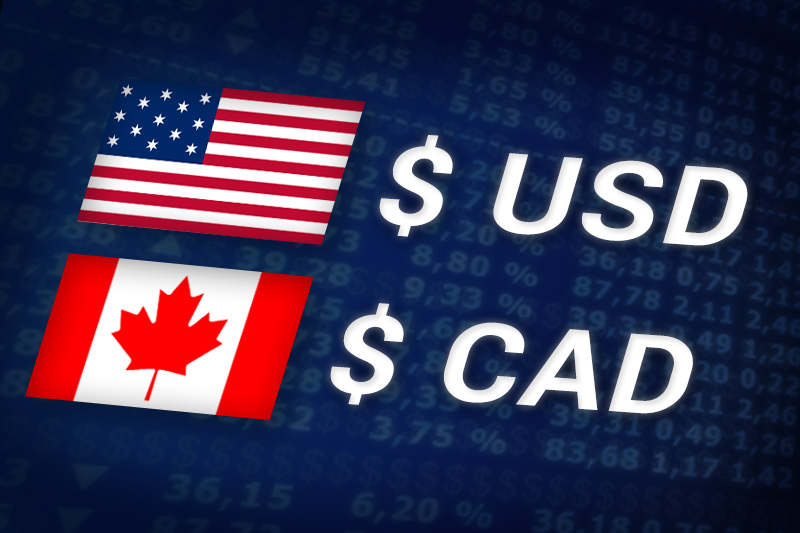Investing.com – The U.S. dollar fell to a two-day low against its Canadian counterpart on Tuesday, as risk appetite made a cautious re-emergence and crude oil, Canada’s largest export, regained ground.
USD/CAD hit 0.9844 during early U.S. trade, the pair’s lowest since June 24; the pair subsequently consolidated at 0.9852, slipping 0.08%.
The pair was likely to find support at 0.9769, the low of June 24 and resistance at 0.9885, the high of the same day.
Investors remained wary ahead of a critical Greek vote on austerity measures demanded by international lenders on Wednesday, but fears eased after France's President Nicolas Sarkozy said French banks had reached a draft agreement with the authorities for banks to roll-over Greek debt.
Risk appetite was also boosted after European Central Bank President Jean-Claude Trichet said earlier that the bank was in “strong vigilance mode,” pointing towards a possible interest rate hike next week.
Elsewhere, crude oil for delivery in August climbed 0.56% on the New York Mercantile Exchange, to trade at USD91.30 a barrel.
Raw materials, including oil account for about half of Canada’s export revenue.
Meanwhile, the Canadian dollar was down against the euro, with EUR/CAD easing up 0.07% to hit 1.4099.
Also Tuesday, a U.S. report showed that the S&P/Case-Shiller house price index fell by 4.0% in April, after dropping 3.8% in March. Analysts expected the HPI to fall by 3.9% in April.
USD/CAD hit 0.9844 during early U.S. trade, the pair’s lowest since June 24; the pair subsequently consolidated at 0.9852, slipping 0.08%.
The pair was likely to find support at 0.9769, the low of June 24 and resistance at 0.9885, the high of the same day.
Investors remained wary ahead of a critical Greek vote on austerity measures demanded by international lenders on Wednesday, but fears eased after France's President Nicolas Sarkozy said French banks had reached a draft agreement with the authorities for banks to roll-over Greek debt.
Risk appetite was also boosted after European Central Bank President Jean-Claude Trichet said earlier that the bank was in “strong vigilance mode,” pointing towards a possible interest rate hike next week.
Elsewhere, crude oil for delivery in August climbed 0.56% on the New York Mercantile Exchange, to trade at USD91.30 a barrel.
Raw materials, including oil account for about half of Canada’s export revenue.
Meanwhile, the Canadian dollar was down against the euro, with EUR/CAD easing up 0.07% to hit 1.4099.
Also Tuesday, a U.S. report showed that the S&P/Case-Shiller house price index fell by 4.0% in April, after dropping 3.8% in March. Analysts expected the HPI to fall by 3.9% in April.
